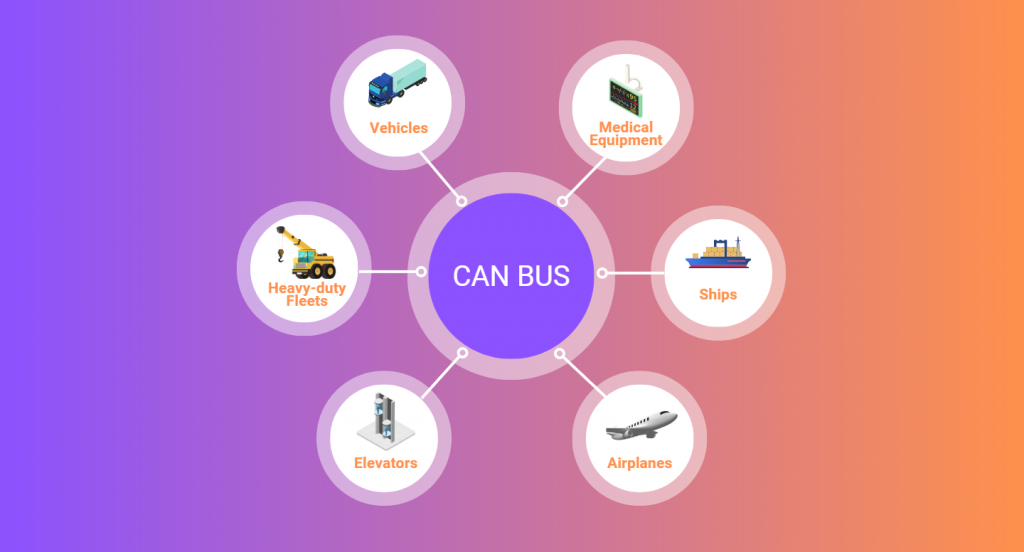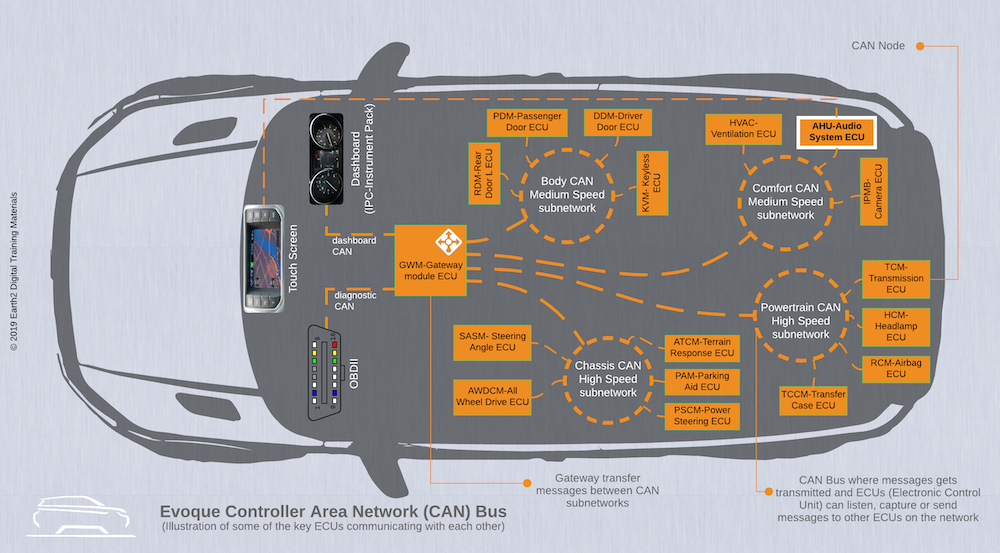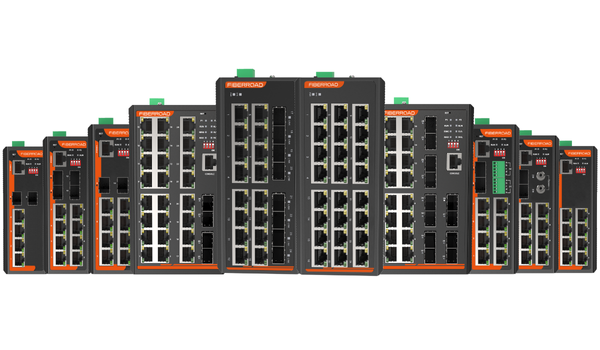Picture this: a world where cars seamlessly communicate with each other, industrial machines work in perfect harmony, and data flows effortlessly between devices. Sounds like something out of a science fiction movie, right? Well, hold on to your seats because it’s not just a dream anymore – thanks to the incredible power of CAN serial communication.
In today’s fast-paced digital era, effective communication is key. And when it comes to automotive and industrial applications, nothing beats the efficiency and reliability of CAN serial communication. Whether you’re an engineer looking to optimize system performance or a tech enthusiast eager to dive into the latest cutting-edge technology, this blog post will take you on an exciting journey through the world of CAN serial communication.
So buckle up as we explore what exactly CAN serial communication is all about, discover its different types, uncover why it’s such a game-changer for industries worldwide, and even learn how you can implement it in your own projects. Get ready for an eye-opening adventure into the future of connectivity!

What is CAN Serial Communication?
CAN, which stands for Controller Area Network, is a serial communication protocol that has become the backbone of modern automotive and industrial systems. It was originally developed by Robert Bosch GmbH in the 1980s to enable effective communication between various components in cars.
At its core, CAN serial communication involves transmitting and receiving data over a single pair of wires within a network. Unlike traditional point-to-point connections, CAN uses a bus system where multiple devices can communicate simultaneously.
One of the key features that set CAN apart from other protocols is its ability to prioritize messages based on their importance. This means that critical information such as engine status or safety alerts can be given higher priority over less time-sensitive data.
Furthermore, CAN serial communication offers impressive speed capabilities, allowing for fast transmission rates even in complex networks with numerous devices. This makes it ideal for applications requiring real-time monitoring and control.
In addition to its reliability and performance benefits, another crucial aspect of CAN serial communication is its fault-tolerant nature. The protocol incorporates error detection mechanisms to ensure accurate data transmission even in noisy environments or when there are hardware failures.
CAN serial communication represent a significant leap forward in connectivity technology. By providing a robust and efficient method for device-to-device interaction, it has revolutionized industries ranging from automotive manufacturing to factory automation – opening up new possibilities for innovation and efficiency improvements.
The Different Types of CAN Serial Communication
CAN Serial Communication is a versatile and powerful communication protocol that has revolutionized the automotive and industrial industries. It allows for seamless data transmission between different devices, making it an integral part of modern-day systems.
There are different types of CAN Serial Communication, each with its own unique characteristics and applications. The most common type is CAN 2.0A, which uses an 11-bit identifier to differentiate between messages. This type is commonly used in automotive applications where multiple modules need to communicate efficiently.
Another type is CAN 2.0B, which uses a longer 29-bit identifier for even more precise message differentiation. This type is often used in industrial automation systems where complex data needs to be transmitted accurately.
There’s also CAN FD (Flexible Data Rate), which offers higher data rates compared to traditional CAN protocols. It provides faster communication speeds and increased payload size, making it ideal for applications that require real-time responsiveness.
Furthermore, there’s J1939, a specific variant of CAN used in heavy-duty vehicles like trucks and buses. It defines various parameters such as message format and network management rules tailored specifically for these vehicle types.
Each type of CAN Serial Communication serves a specific purpose and can be implemented based on the requirements of the system at hand. Whether it’s automotive or industrial communication needs, there’s a suitable option available.
Understanding the different types of CAN Serial Communication opens up possibilities for efficient data transmission in diverse fields such as automotive engineering or industrial automation systems.

Why Use CAN Serial Communication?
CAN Serial Communication is a powerful tool that has revolutionized the way automotive and industrial devices communicate with each other. So, why should you consider using this technology? Well, let me tell you!
CAN Serial Communication offers exceptional reliability In complex systems where multiple devices need to exchange data quickly and accurately, CAN ensures that messages are transmitted without errors. This robustness makes it ideal for critical applications where safety and efficiency are paramount.
CAN Serial Communication allows for efficient use of bandwidth by utilizing a prioritization scheme called arbitration, CAN enable different nodes on the network to share access to the bus effectively. This means that even in high-traffic scenarios, communication remains smooth and uninterrupted.
Furthermore, CAN Serial Communication supports long-distance communication. With its ability to transmit data over distances of up to several kilometres, it’s perfect for large-scale industrial environments or vehicles spread across vast areas.
Additionally, another reason to embrace CAN Serial Communication is its flexibility and scalability. It can easily accommodate new nodes joining or leaving the network without disrupting ongoing communication between existing devices. This adaptability makes it future-proof and cost-effective in evolving industries.
Lastly (but certainly not least), implementing CAN Serial Communication simplifies system design by reducing wiring complexity. Instead of running individual wires between every device in a network, a single bus can be used for all communications – saving time and resources during installation.

Figure 3: The CAN bus standard is widely accepted and is used in practically all vehicles and many machines.
Source: https://www.earth2.digital/blog/what-is-vehicle-can-bus-ecu-evoque-adam-ali.html
Conclusion
In this article, we have explored the power of CAN Serial Communication and its revolutionizing impact on automotive and industrial communication. We have learned what CAN Serial Communication is, the different types available, why it is beneficial to use, and how to implement it.
CAN Serial Communication has become a game-changer in various industries by providing reliable and efficient data transfer between devices. Its ability to transmit large amounts of data quickly and securely makes it an ideal choice for applications requiring real-time communication.
By using CAN Serial Communication protocols like CAN 2.0A or CAN 2.0B, engineers can design robust systems that enable seamless integration between different components in vehicles or industrial machinery. This leads to improved efficiency, enhanced safety measures, and reduced downtime.
Implementing CAN Serial Communication may require some technical expertise; however, with readily available modules and tools, the process has become more accessible than ever before.
As technology continues to evolve at a rapid pace, so does the need for advanced communication systems in our vehicles and industries. With its proven track record of reliability and efficiency, CAN Serial Communication stands as a frontrunner in meeting these demands.
So whether you’re designing the next generation of automobiles or optimizing industrial processes for maximum productivity, exploring the power of CAN Serial Communication will undoubtedly open up new possibilities for innovation.
Embrace this revolutionary technology today and unlock a world where seamless connectivity drives progress forward!






